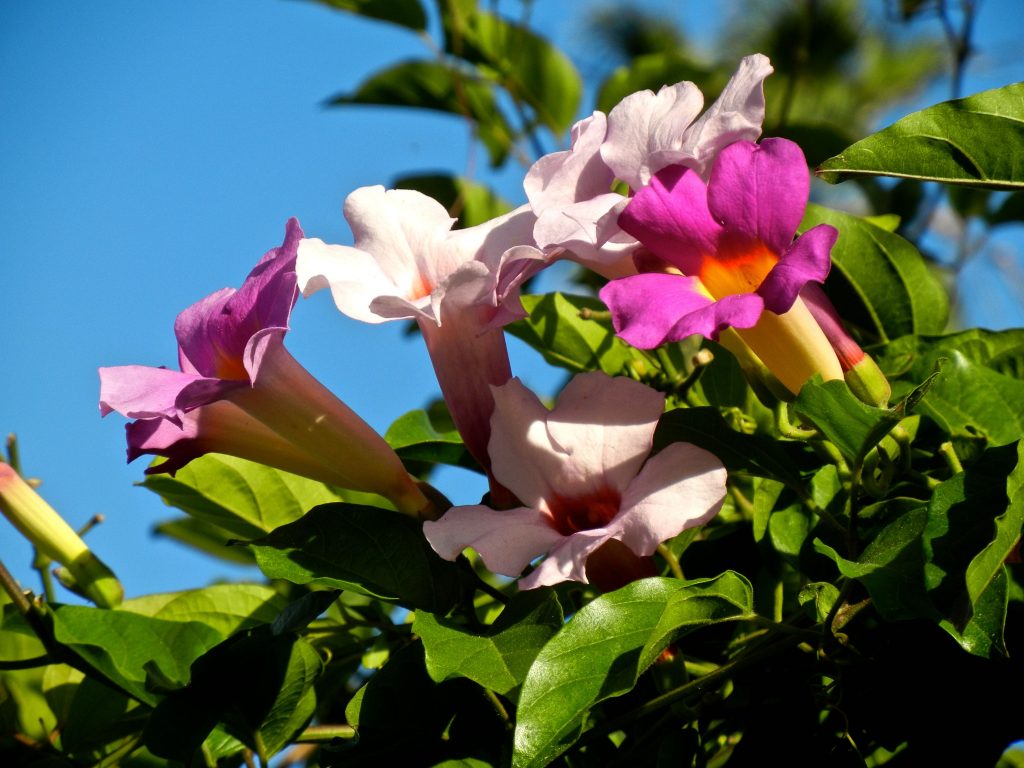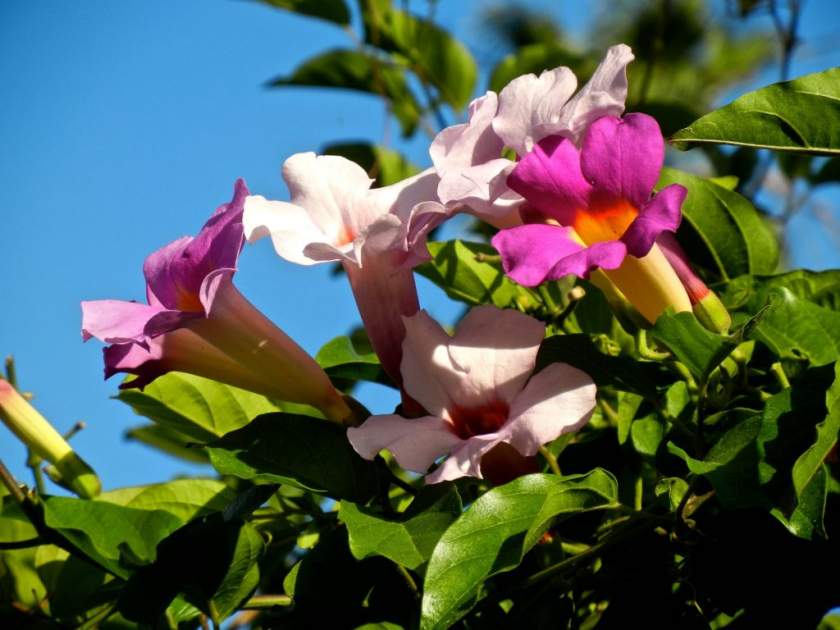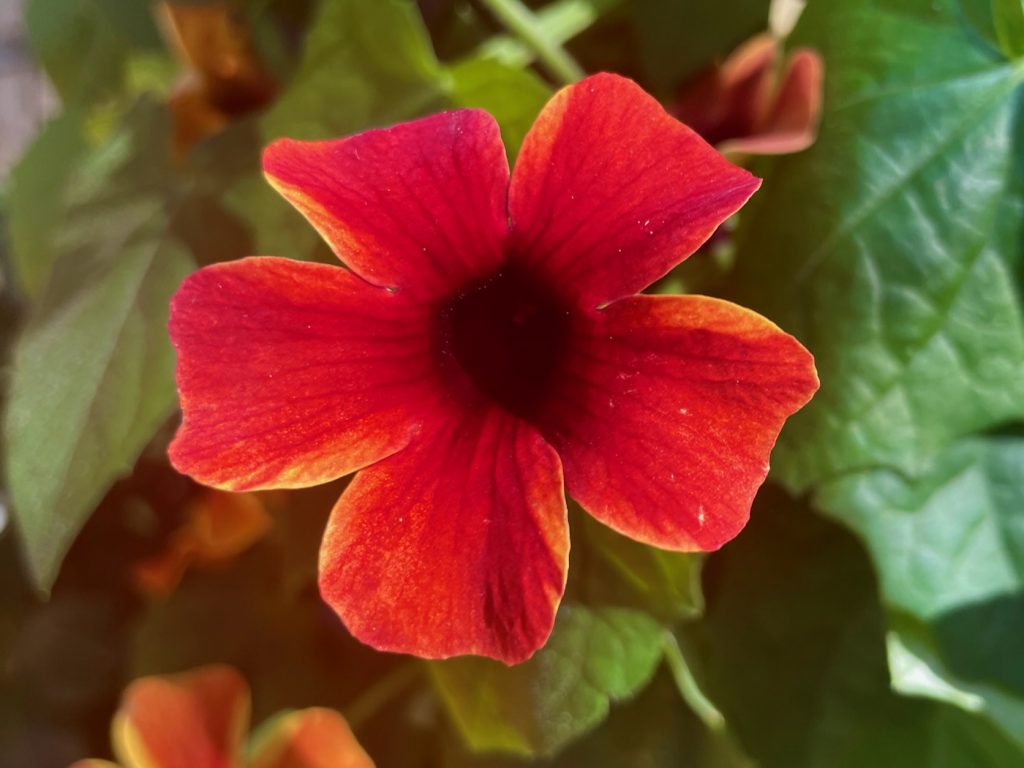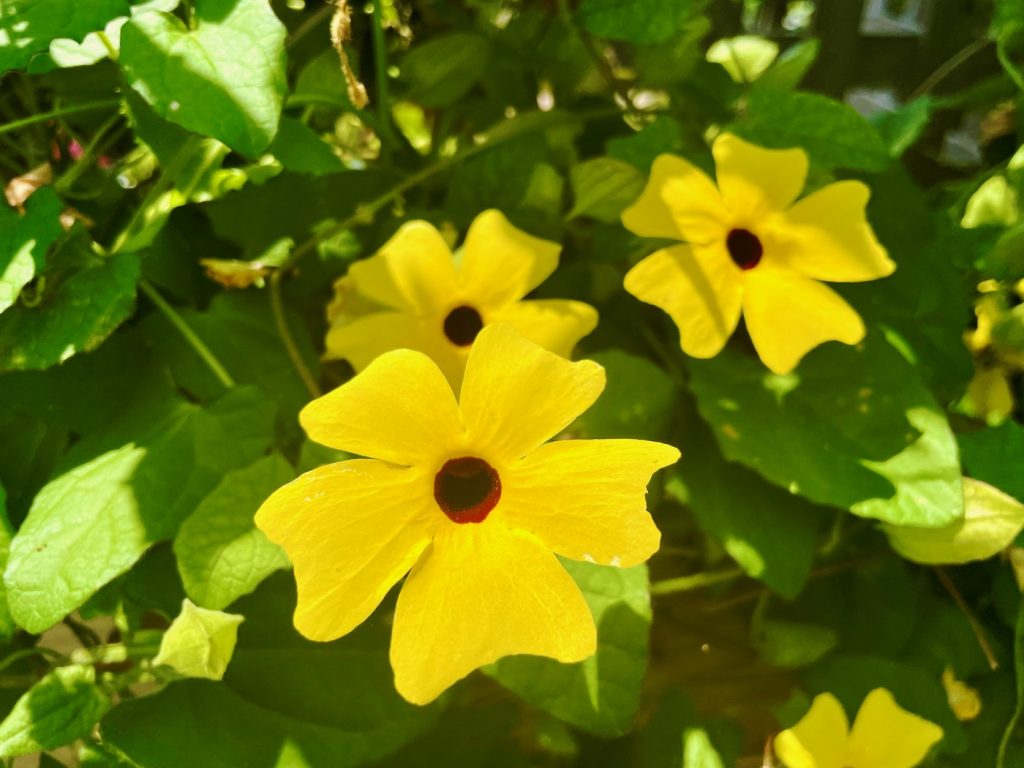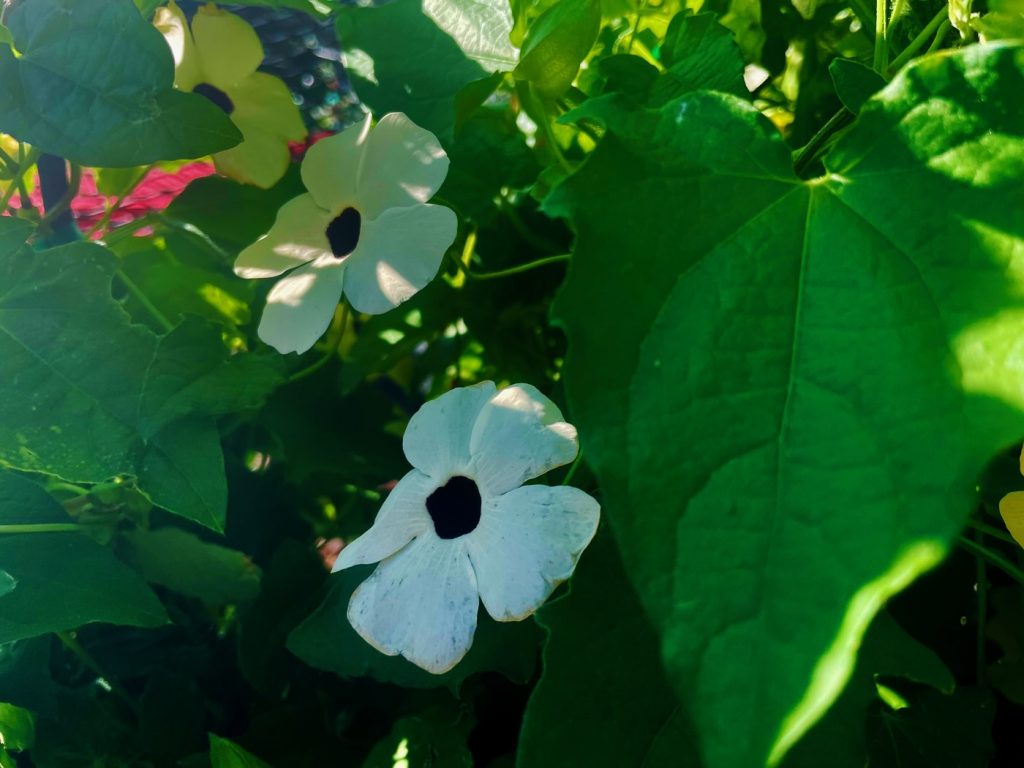Unveiling the Enchanting Beauty of Mandevilla Laxa: The Chilean Jasmine
Prepare to be captivated by the alluring charm of Mandevilla laxa, commonly known as the Chilean Jasmine. This deciduous vine, belonging to the Apocynaceae family, hails from the breathtaking landscapes of South America, with its native range spanning northern Argentina, Ecuador, Bolivia, and Peru. With its exquisite pink flowers, fragrant blooms, and lush foliage, Mandevilla laxa adds a touch of elegance to any garden. Let’s delve into the background, characteristics, and cultivation tips for this delightful climber.
Background and Origin: Mandevilla laxa, also referred to as the Chilean Jasmine, has a rich heritage rooted in South America. Belonging to the Apocynaceae family, it showcases its floral beauty across regions such as northern Argentina, Ecuador, Bolivia, and Peru. Its stunning attributes have made it a cherished plant among gardeners worldwide.
Characteristics and Description:
This deciduous vine possesses a graceful stature, reaching a height of approximately 20 feet (6 meters) and spreading 3 to 4 feet (1 meter) wide. The enchanting flowers of Mandevilla laxa boast a funnel-shaped structure, with five rounded lobes that measure around 3 to 4 inches (7.6 to 10 cm) in diameter. The delicate pink petals gracefully surround a vibrant yellow throat, creating a captivating visual display. The flowers are not only visually pleasing but also emit a delightful fragrance that further enhances their allure. The oblong and dark green leaves, which measure about 3 to 8 inches (7.6 to 20 cm) in length, provide an elegant backdrop for the stunning blooms. When the stems of Mandevilla laxa are cut, they release a milky sap, adding to the plant’s distinct characteristics.
Flowering Season: Mandevilla laxa delights garden enthusiasts with its abundant blossoms from late spring to early fall. This extended flowering period ensures a prolonged spectacle of natural beauty in your outdoor space.
Cultivation of Mandevilla Laxa:
Sunlight Requirements: To thrive and flourish, Mandevilla laxa prefers full sun exposure, although it appreciates some shade to protect it from the scorching heat. Ensure the plant receives ample sunlight throughout the day for optimal growth and flowering.
Watering and Soil: Mandevilla laxa thrives in well-draining soil with a sandy texture. Incorporating a generous amount of organic material into the soil enhances its fertility and drainage. A recommended mixture involves combining peat moss and sand with your potting soil, aiming for a ratio of approximately 2 parts peat moss and soil to 1 part sand. Water the plant regularly, keeping the soil evenly moist. However, be cautious not to overwater, as excessive moisture can lead to root rot.
Pests and Diseases: Mandevilla laxa typically remains resilient to diseases; however, vigilance is essential to address common garden pests. Keep an eye out for whiteflies, spider mites, and mealybugs, especially when overwintering the plants. Promptly address any pest issues with appropriate measures to maintain the plant’s health and beauty.
Propagation: You can propagate Mandevilla laxa through seeds or woody stem cuttings. Explore these methods to expand your collection and share the enchantment of this delightful vine with fellow gardeners.
Additional Tips:
- The blossoms of Mandevilla laxa attract an array of pollinators, including bees, butterflies, and birds, enhancing the biodiversity of your garden.
- This vine exhibits drought and heat tolerance, ensuring its resilience even in challenging weather conditions.
- In spring, remove any spent flowers to encourage new blooms.
- For regions experiencing frosty climates, it is advisable to move the plants indoors during autumn and trim them back, preparing them for the upcoming year. However, in more temperate climates, the vine can be grown outside to enhance your outdoor landscape.
Mandevilla laxa, the Chilean Jasmine, enthralls gardeners with its resplendent pink flowers, delightful fragrance, and lush foliage. With proper cultivation techniques, including providing adequate sunlight, well-draining soil, and vigilant pest management, you can witness this vine flourishing in your garden. Let Mandevilla laxa weave its botanical magic and elevate your outdoor space with its mesmerizing presence.
